There is currently a lot of coverage in the press dedicated to the loss of biodiversity – in this country and across the world.
Now the Government is set to introduce a new initiative – Biodiversity Net Gain (BNG). Any new development that disturbs green space will need to have a plan to deliver BNG. In simple terms the developer will have to ensure that a project/development maintains or enhances biodiversity.
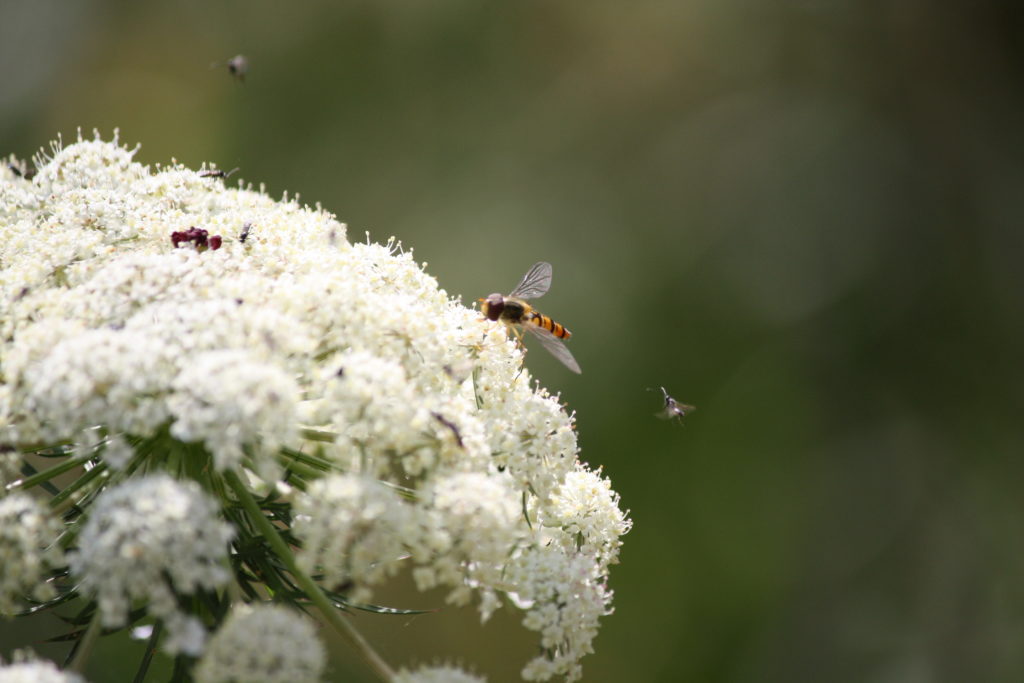
This isn’t new and maintaining biodiversity has been a planning objective for many years. The whole 2012 Olympic project went to great lengths to deliver green infrastructure. It set and fulfilled its own very exacting targets and was an exemplar development in this respect.
Although still in its early stages, BNG is going to be measured, audited and monitored over years. It will be compulsory so there has to be a financial incentive, either as a grant or as a fine. So far it looks like the latter!
This is likely to mean that an ecologist or suitably qualified person will assess the state of the site before work starts and report back on the current levels of biodiversity. In order to get planning permission a design to ensure BNG will have to be submitted and implemented (if impossible to achieve on site then a donor site has to be found and paid for in mitigation).
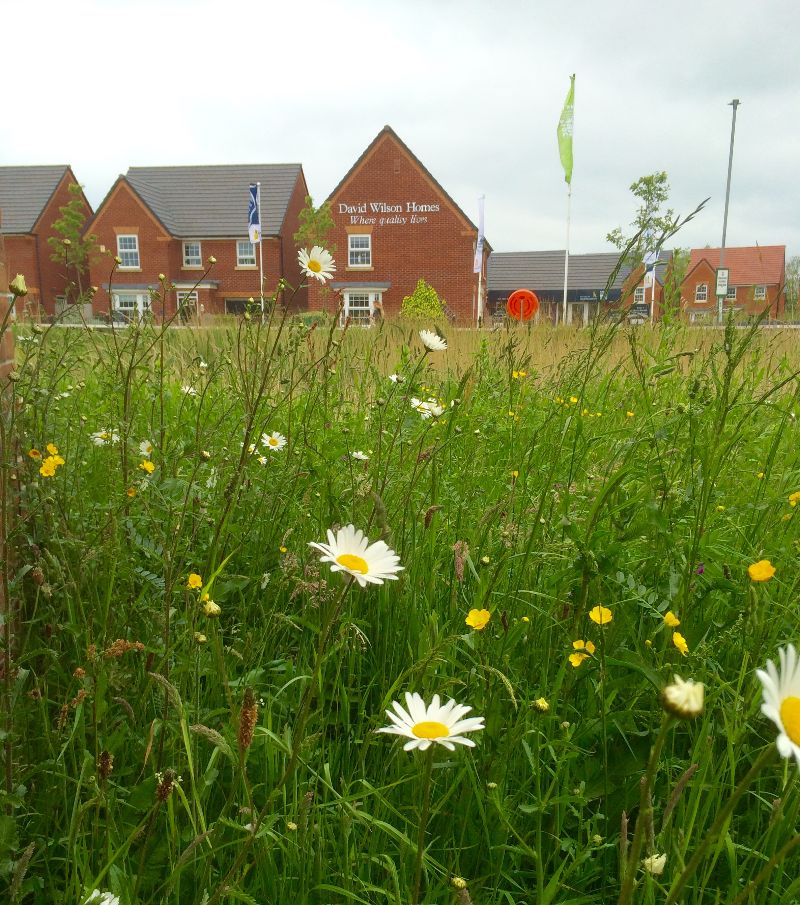
So to reiterate, the big difference to previous initiatives is that this is going to be mandatory – so any plan will be monitored to ensure its success. There is talk of 30 years’ worth of monitoring.
There is still detail to decide and consultations continue, but the laudable aim is to see a significant improvement in the UK’s biodiversity. The government has recently conducted a consultation exercise on BNG and how it will be delivered (December 2018) and we are awaiting the outcome. In an ideal world, we will see new developments providing oases of biodiverse refuge for wildlife that link with others across the country to form a network of species rich habitats.
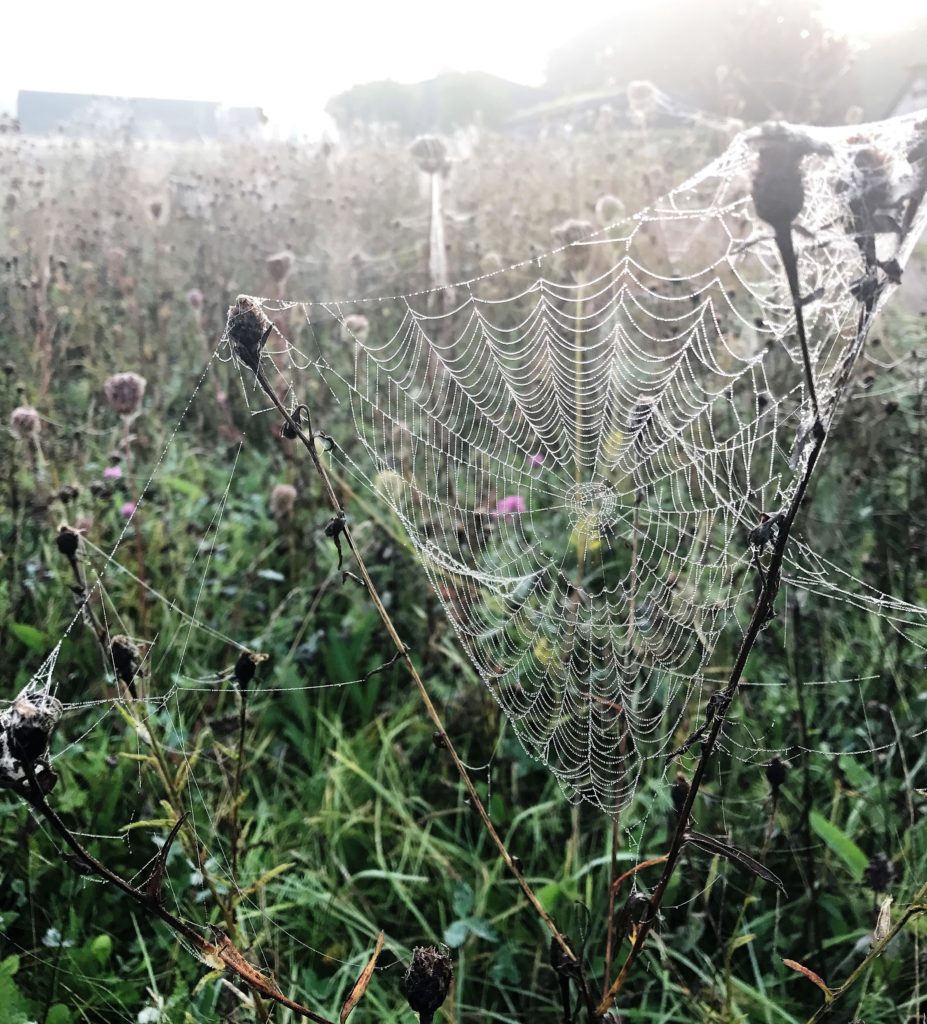
In all of this wildflowers can help! They are a species rich habitat and offer the ‘diversity’ bit of the word ‘biodiversity’. A typical wildflower space will have from 20 to 60 species in a few square meters and this will go a long way to answering the landscape professional’s problems of getting enough species into a given area to help their BNG demands.
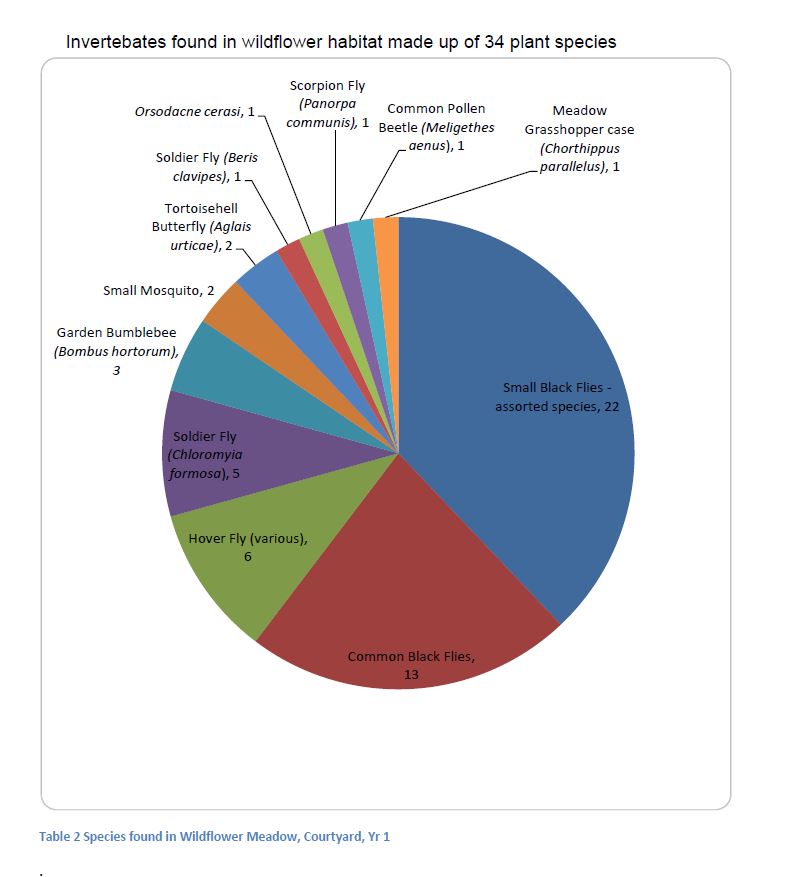
The point is that to meet targets for biodiversity you need a lot of species. A well established and maintained wildflower meadow is about as species rich as you can get in the UK. Whilst wildflowers are not the only answer, we know that flora diversity leads to fauna diversity. A monoculture is proven to limit fauna/wildlife.
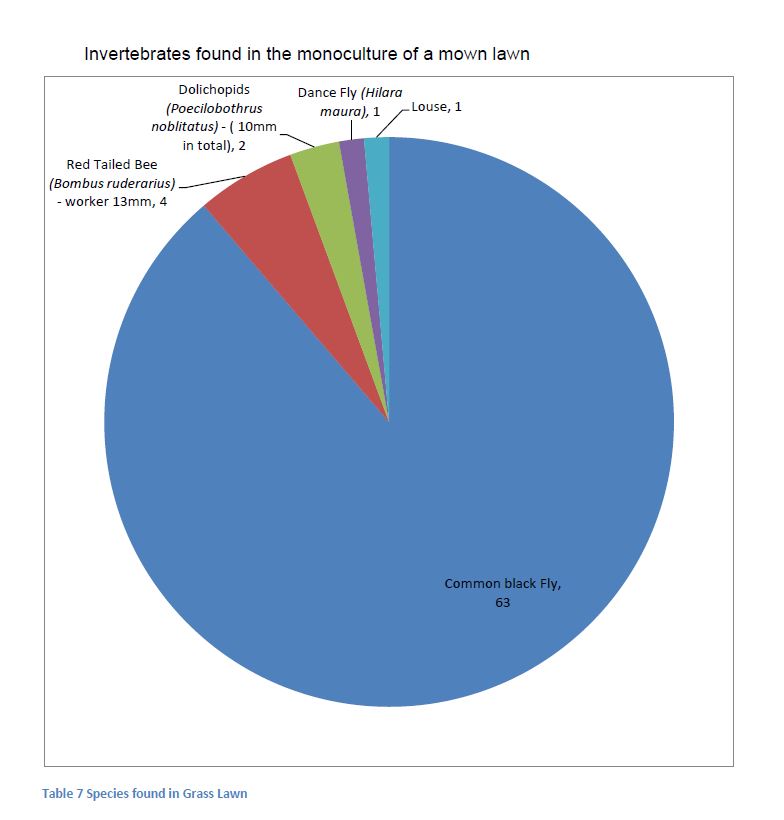
Speed is of the essence too. Wildflowers are quick to establish and bugs, bees and butterflies migrate to this habitat within days. Trees will help but take years to reach a growth stage that will contribute.
Most stakeholders, from ecologists to developers agree that the principle behind BNG is a good one. Getting the detail right will be hard. There is little chance of all stakeholders being happy with the scheme and compromise will be needed. However there are real opportunities to improve biodiversity in urban and semi urban locations using reliable and practical ways that guarantee results.
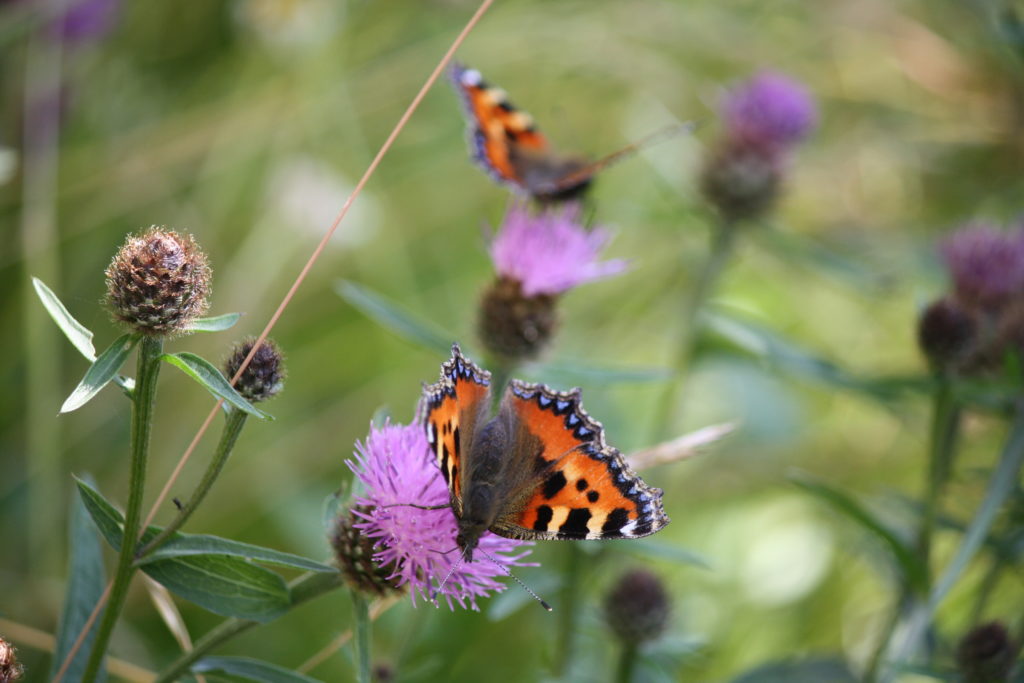
Get this right and there are many beneficiaries. The ecologist can watch and monitor improvements to biodiversity. The developer can be safe in the knowledge that they have done their bit for nature for which they can claim positive PR whilst avoiding any penalties. The site owner will have reduced costs due to the lower maintenance required with the upkeep of the site. The general public will have a natural looking green site that improves general health and well-being. Finally and perhaps most importantly, wildlife will have the building blocks needed to survive and thrive.
With thanks to Oonagh Nelson, Principal Ecological Consultant at Contract Ecology Ltd for her advice and input.
James Hewetson-Brown MD Wildflower Turf Ltd